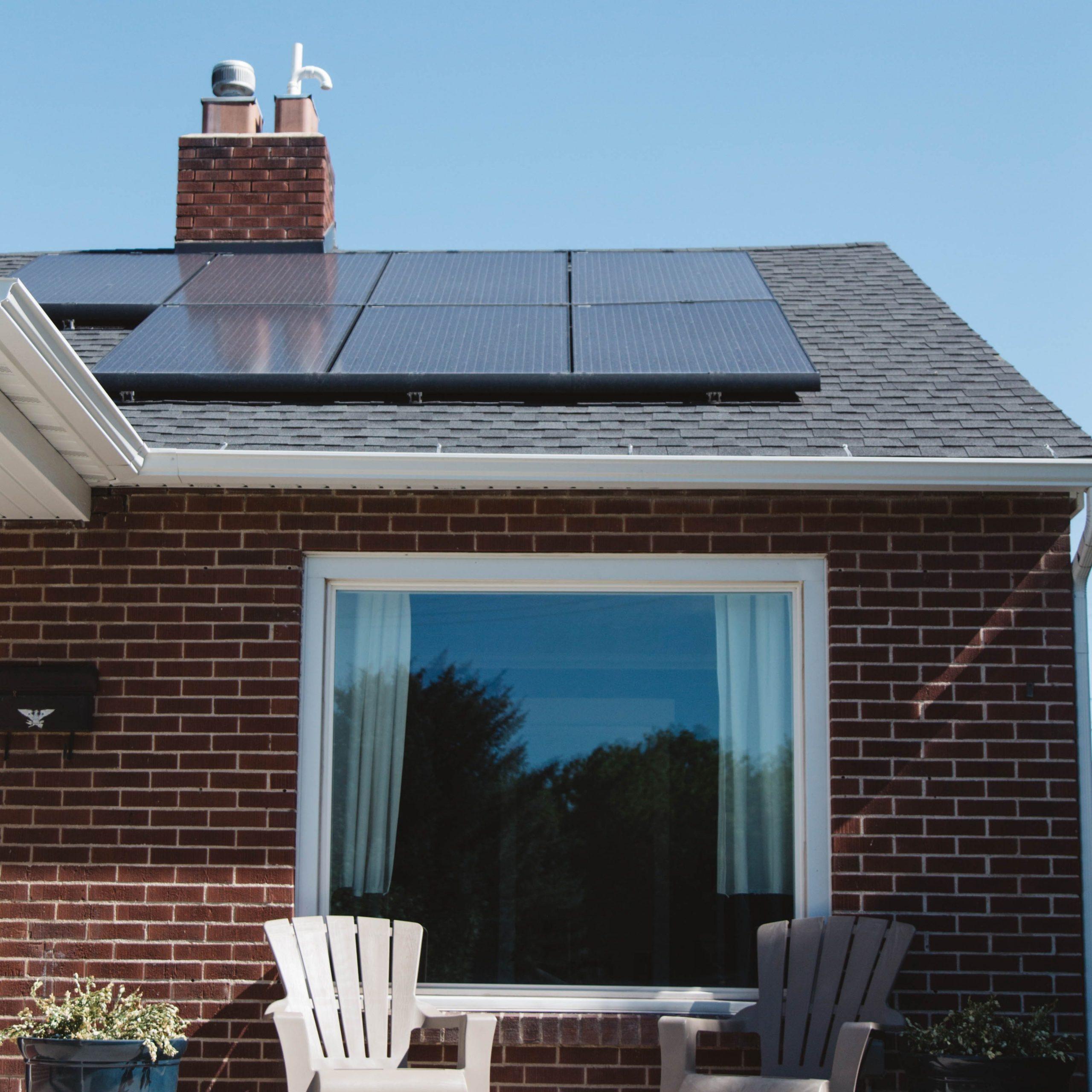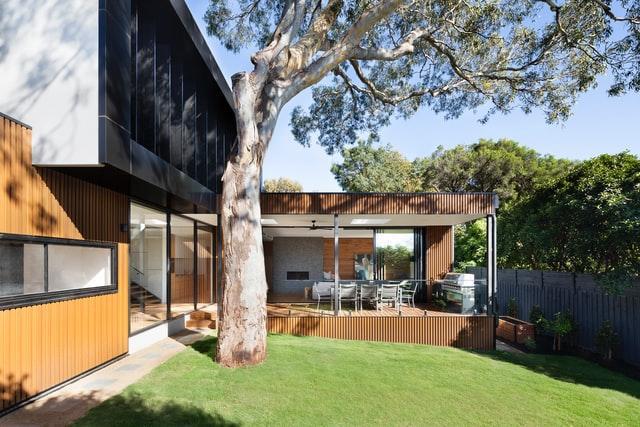It is one of the most efficient ways to utilise resources without harming the environment. Technology, design, and architecture have created wonderful ways to ensure that future houses, new buildings, and modern architecture can be sustainable and meaningful. Today, we will examine how to make eco-friendly choices when you build a sustainable house.
What is sustainable housing?
Sustainable housing or homes have certain elements that make them different. These elements are sustainability in architecture, sustainable materials/placement, and the use of sustainable energy for appliances and maintenance. Sustainable homes involve reliability, minimal to less waste, and minimal maintenance.
Whether you are building a new house from scratch or renovating your old home, there are several ways to include sustainable elements in your house. Below, we have listed 10 interesting and important ways to build a sustainable house.
1. Buy energy efficient appliances
This tip can come in handy for anybody trying to be sustainable and efficient. Energy-efficient appliances cost a bit more than traditional appliances, however the trade-off is worth it in the long run. You save on energy costs, and you help the environment. Energy-efficient appliances are durable so you save on maintenance costs and repairs.
2. Include passive design principles
Passive design refers to design standards that utilise climate, local environment, and conditions to maintain appropriate heating and cooling. Nearly 40% of entire household energy usage is devoted to heating and cooling. Smart and passive design principles can allow you to maximise the potential of sustainability without compromising comfort and the environment (Modscape, 2016).
3. Use recycled or restyled building materials where possible
Pick and choose recycled or restyled building materials when building your sustainable home. This will ensure a reduction in waste and toxic materials. Several builders and contractors now offer or plan designs sourcing recycled or reused materials. You can ask for alternatives to regular materials from your architect, designer, or contractors.

4. Install solar panels
Solar panels are an expensive investment but they pay off in the long run. In certain locations where sunlight is strong for most of the year, it saves energy costs and makes utilising electricity safer for the environment. Several governments now offer rebates and benefits for people installing solar panels in their homes. Solar panels also add to the resale value of homes so when you look at selling your sustainable house, it can appreciate in value.
5. Design a microclimate
Microclimate is the condition of the solar and terrestrial radiation, wind and temperature in a small outdoor space. Due to global warming and climate change, urban design needs to take into account the patterns and manners by which we can make spaces thermally comfortable. Ensure your house has the right ventilation for summer and is adequately insulated during winter (Brown. R, n.d).
6. Ensure heating/cooling possible without appliances
While energy efficient appliances are effective and possibility, a smart and sustainable home should be able to heat/cool without air conditioners or heaters. This can be done through sustainable, effective design such as curtains, blinds, insulation, and windows. Look at natural sources of light and shading to create cool, comfortable spaces and ventilation access.
7. Practice rainwater harvesting
Water usage is one of the biggest drain on natural resources. We can commit to reusing and storing water by rainwater harvesting. Collect rainwater in tanks for use in bathrooms, gardens, and kitchens. You can also clean/boil this water for other uses. Rainwater harvesting reduces water wastage, use of piped water, and is a strong principle of sustainable homes and living.
8. Install low-flush toilets
Low-flush toilets can significantly reduce wastage of water compared to regular toilets. Especially in homes with 2 or more toilets, low-flush toilets are a great investment and sustainable feature. Most modern companies now offer low-flush toilets with features that ensure disposal of waste effectively without excessive use of water (Stauffer. B, n.d).

9. Use organic, eco-friendly paint
Traditional paint contains toxic or chemical compounds which causes harm to the environment, animals, and humans. Most paints contain elements that can damage your lungs and affect your health in the long run. Instead pick organic, eco-friendly paint which helps your pets and family breathe better. Organic paints also reduce the amount of chemical and air pollution created.
10. Perform a sustainability audit
Sustainable homes are the next step in saving the planet and improving our environment. You can hire sustainability experts to perform a sustainability audit. This audit will offer advice on improving your current home, changing certain technology features, installing new ones, and removing or replacing the existing appliances for new homes.
These are our top 10 ways to build a sustainable house or renovate your existing home to be more sustainable. Sustainable living is a constant process and we at THRIVE encourage our readers to practice better, eco-friendly living as much as they can. Read our other blogs to learn more about sustainability and eco-friendly living.























